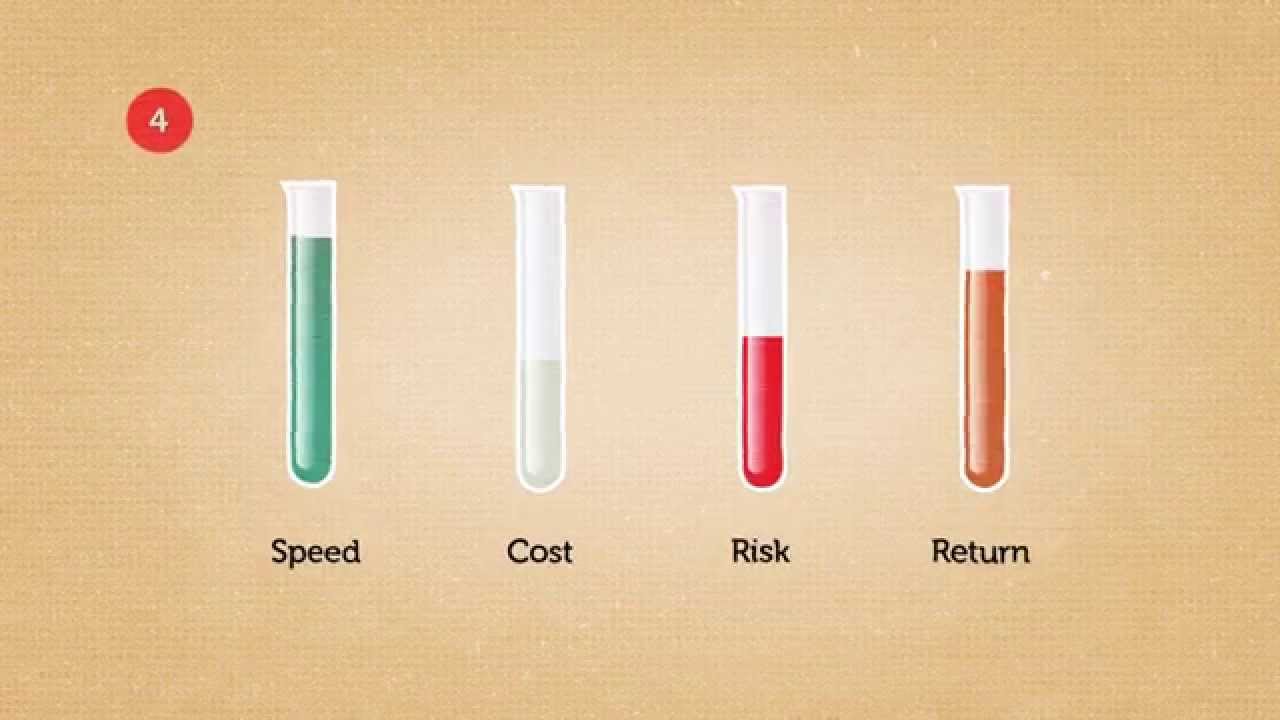What is the BCG Growth-Share matrix and why you should use it in your business?
The BCG Growth-Share matrix is the sixth business framework showcased in our BUSINESS reSOURCES series. Check the previous five: Porter’s 5 Forces, PESTEL, Hofstede’s Cultural Dimensions theory, the Porter Diamond Model and the McKinsey 7S model.
What is the BCG growth-share matrix and why should you use it in your business?
The growth-share matrix is a business framework that helps companies analyze their business units (i.e. their product lines) or any other cash-generating entities by their degree of profitability.
The matrix was created in 1970 by management expert Bruce Henderson, founder of Boston Consulting Group (BCG), one of the most influential strategies consulting organizations in the world.
Also known as the BCG growth-share matrix, this business analytical tool provides the company with a four-quadrant chart where products are ranked on the basis of their relative market shares and growth rates.
The company then decides where to allocate resources and which products to prioritize.
What are the 4 quadrants of the BCG matrix?
Let’s dive deeper and learn more about the four quadrants of the matrix.
The 4 quadrants of the BCG growth-share matrix are “cash cows”, “dogs”, “question marks” and “stars”.
BCG growth-share matrix – Cash cows
Cash cows are products in low-growth areas for which the company has a high market share.
These products generate large amounts of cash that are higher than the market’s growth rate. Also, the revenues generated by these products exceed the amounts reinvested to maintain share. These products are the company’s most profitable and they should be milked for cash for as long as possible.
BCG growth-share matrix – Dogs
Products with a low market share in areas with slow growth are dogs.
They may show an accounting profit, but the profit must be reinvested to maintain share which in the end, leaves the company with empty pockets or even negative cash returns. Companies should investigate further to determine if these products are profitable in the long run or they should be liquidated.
BCG growth-share matrix – Question marks
The Question marks in the company’s portfolio are the products with a low market share in a high growth rate market.
These products typically grow fast and have the potential to become stars. But before they reach this stage, question marks almost always require far more cash than they can generate. Companies should investigate these products and the market circumstances to determine if they are worth maintaining in their portfolio.
BCG growth-share matrix – Stars
Stars are products with a high market share in a high growth rate market.
They generate cash and use cash at the same time. Companies should invest in stars to support their further growth as they are expected to become cash cows. Depending on the characteristics of the market these products live in, they could become cash cows or they could turn for the worst and become dogs.
Every company needs products in which to invest cash. Every company needs products that generate cash. And every product should eventually be a cash generator; otherwise, it is worthless.
Only a diversified company with a balanced portfolio can use its strengths to truly capitalize on its growth opportunities.Bruce Henderson, creator of the BCG growth-share matrix, an excerpt from The Product Portfolio
Here is a short explanation of the BCG growth-share matrix:
How do you use the BCG growth-share matrix?
If you are a business owner or developer, use the BCG growth-share matrix to determine the nature of your company’s portfolio.
Do you have a cash cow? How many questions marks does your company invest resources in? Are there any dogs in your portfolio? How about stars?
It’s necessary to acquire a clear picture of your products in order to make the right decisions.
You need to first choose the product to which you will apply the matrix, define the market of your product, calculate the market share and find out the growth of the market.
After you have gathered all the needed information, you can determine which quadrant of the BCG growth-share matrix your product belongs to.
If your product is a cash cow, milk it for everything it’s got. Don’t reinvest the revenue back into the cash cow! Use it to grow a question mark into a star or a star into a cash cow.
If your product is a dog, perform a deeper analysis to determine whether or not it should be liquidated. Please note dogs are not to be invested in!
Is your product a question mark? If it is, do you have the necessary resources to help it become a star? And is the effort worthwhile for your business?
Is your product a star? Then invest your resources to help the product become a cash cow.
Join the Conversation
We’d love to hear what you have to say.
Get in touch with us on our LinkedIn Page, Facebook Page, Twitter or TikTok.
